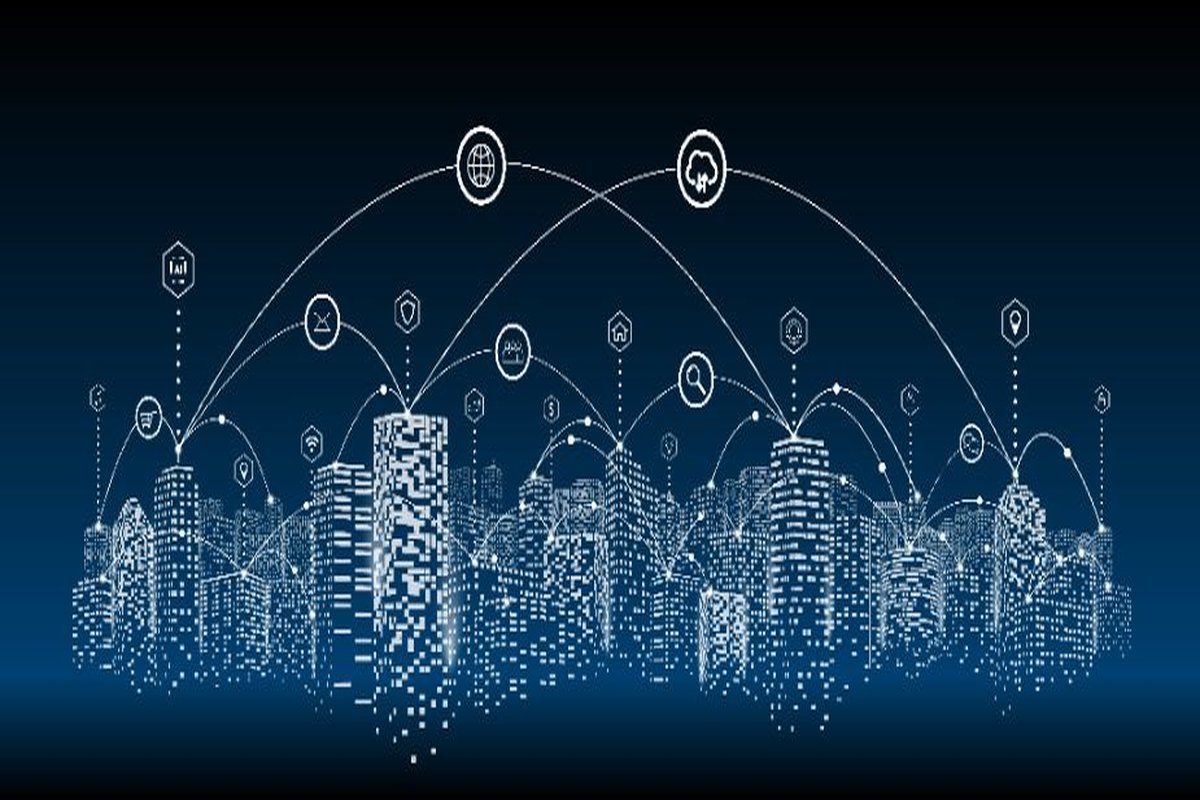The pandemic emptied and locked down many commercial buildings, leaving a large number of long-planned in-building projects on hold. But as precautions were put in place to keep essential workers safe and reduce COVID-19 transmission, companies across most industries jumped on the opportunity to resolve any problems that may have existed in their facilities prior to the shutdown and complete much needed upgrades and repairs before employees, students, and customers return.
Addressing the challenges of poor cellular coverage has been a particular focus for many system integrators during this time. The pandemic heightened how important in-building cellular coverage is for personal and business connections, as well as for public safety. As essential workers, system integrators like North Carolina-based VAST Signal Booster Solutions have been busy – in office buildings, multi-tenant residences, medical facilities, grocery and retail stores, and at warehouses and schools – installing cellular coverage solutions to help clients keep everyone connected as communities emerge from lockdown.
Adapting to Move Forward
Steve Klingensmith, owner of VAST Signal Booster Solutions, explains, “As there are fewer people working in buildings, now is the time to run the cable infrastructure and get things installed because it’s less of a business disruption to tenants. Many buildings are moving forward with their installations if they had money budgeted for it prior to the shutdown.”
VAST recently completed the installation of a CEL-FI QUATRA active DAS hybrid solution for a tenant who is remodeling their office space in a multi-tenant building in Maryland while their employees are working from home. The tenant is remodeling two-thirds of one floor of the five-story building, while the other third of the floor is occupied by another tenant with employees physically occupying the premises.
“We had to do a daily COVID-19 jobsite certification checklist, attesting all our crew members were free from any symptoms. We had to practice social distancing, we all had to wear masks and the tenants did too,” Klingensmith says. “It was a little slower process. We were limited to four people in an elevator, three people in the LAN room, two people in a bathroom, and we kept spread out. Overall, it took about 20 percent more time than normal to do the job, but as it is so fast to install CEL-FI QUATRA, we were able to get in and out within two days.”
Healthcare Increases Priority for Cellular Coverage Solutions
Healthcare facilities have also moved forward with cellular coverage solution installations during the pandemic. Mercy Hospital has a 228,000 sq. ft. facility currently under construction in Oklahoma City. The Mercy Hospital general contractor asked AT&T to recommend a system integrator who could provide the cellular coverage solution needed at the new facility and was referred to RF Design Services.
Jerry Bickle, President of RF Design Services based in Oklahoma, has resolved cellular coverage issues in several hospitals. “Doctors at hospitals are having trouble receiving texts from nurses about patients that need their attention. All the doctors and nurses are using their cell phones now to help with patient care. Mercy Hospital knew there would be a problem at their new facility in Oklahoma City so wanted to install a solution before the facility opens,” he explains.
Bickle says he proposed CEL-FI QUATRA for the new facility for multiple reasons. “QUATRA is already carrier approved for installation by professional installers as it won’t cause network interference, which has been a problem with every other in-building solution. And any time you have to get carrier approval, it adds complexity and a lot of time to the project – as much as eight to nine months.”
“CEL-FI QUATRA uses category cable so it is faster and cheaper to install, with the same signal propagation throughout the building as it is less lossy than coax cable. Category cable also takes a lot less time to install. With all the factors combined, the cost of an installed QUATRA solution is about a third of an active DAS. QUATRA even costs less to operate than an active DAS as it doesn’t generate the heat, electrical, or air conditioning loads of that bigger equipment,” says Bickle.
During the installation, RF Design Services had to put special safety procedures in place for COVID-19 mitigation – in addition to wearing face masks, staff temperatures were checked every day and they were given a wrist band or sticker for their safety helmets to show they were cleared. And sometimes the elevators were out of service for construction or social distancing reasons. But these restrictions weren’t much greater than the scrubs and masks that the team had to use when they installed CEL-FI in a surgical room this past December before the pandemic.
Best Coverage at Lowest Cost per Square Foot
Recently, CEL-FI QUATRA was also installed in a 650,000 sq. ft. distribution center in Arizona by VAST. The distribution center wanted to rapidly install a cellular coverage system at the lowest possible cost.
There are approximately 100 employees still working in the facility, spread throughout the warehouse and office space, who were having trouble placing or receiving cellular calls. With the inability to call one another, a manager would have to walk out to the employee’s location in the warehouse, consuming as much as 20 minutes to deliver a communication or get an answer, instead of taking just 20 to 30 seconds on a phone call.
After VAST conducted an extensive walk test showing the areas of strong and weak coverage, the solution provider designed a solution featuring CEL-FI QUATRA that would provide the best coverage for the lowest cost per square foot.
“If we had installed a wide band passive DAS solution – with all the antennas, amplifiers, and cabling that would be needed for a facility this size – the cost on labor alone would have been more than the entire CEL-FI QUATRA solution,” Klingensmith says. “QUATRA gives a very strong, consistent signal, the best on the market, which is also a major factor in the lower cost per square foot on the installation.”
While the pandemic continues to impact our personal and business lives, it does not need to hinder efforts to resolve in-building cellular connectivity challenges. Recognizing the essential nature of cellular coverage, CEL-FI system integrators are effectively working with carriers, building owners, and IT staff to deploy solutions within mitigation guidelines and provide consistent connectivity for safer facilities and more efficient operations.
For more information on Nextivity’s comprehensive product line that fits virtually every in-building cellular coverage use case, download “The Ultimate Buyer’s Guide to Solving Cellular Coverage Issues“.
A version of this article was originally published by Connected Real Estate Magazine




